
As we settle into the new year, you might be wondering what’s in store for your retail business in 2025. How will consumers behave in the coming months? Which tools or technologies should you invest in?
While no one can predict with 100% certainty what lies ahead, we can make educated guesses based on what the market and data are telling us.
This article sheds light on the top retail trends expected to shape 2025 and how you can prepare for them.
We cover:
- In-store shopping still going strong
- Retailers will go beyond integrated payments
- The rise of AI-driven merchandising and assortment planning
- Retailers will increasingly consider subscription models
- Get ready for loyalty and customer marketing 2.0
- Retailers will invest in practical (not sexy) retail tech
- The pre-loved market is still flourishing
- Free shipping and deals will continue to drive purchase decisions
- Consumers are open to tipping retail workers
- Retailers take more action to promote sustainability
Grow your retail business.
Streamline inventory, suppliers, teams and stores with Lightspeed's all-in-one platform. From intuitive POS and stock management features to powerful reporting, Lightspeed gives you the tools you need to grow.
In store shopping is still going strong
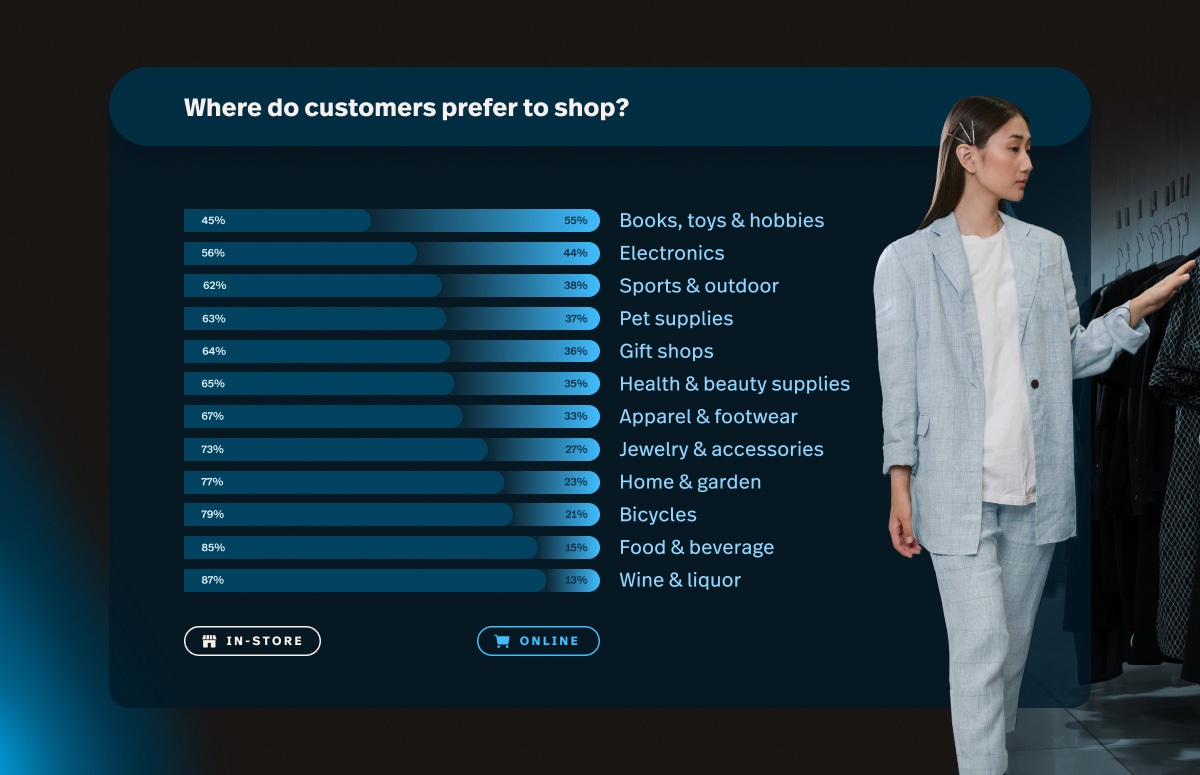
Shoppers have spoken: they still prefer brick and mortar retail for many of their purchases. Lightspeed’s State of the Retail report, which surveyed more than 2,500 consumers, found that 56% of US shoppers and 64% of Canadians do most of their shopping in person, with little variation depending on ages, gender or income level
According to the survey, customers choose to shop in stores for every retail category except books, toys and hobbies. This preference for in-person shopping reinforces the importance of tangible experiences that online shopping can’t replicate.
But don’t just take our survey’s word for it—commercial real estate data also shows similar trends. The investment management firm Colliers reports that in 2024, “retail occupancy rates, excluding malls, have reached a decade-high of 95.6%, underscoring the stability and resilience of retail spaces, especially in the Single-Tenant Net Lease market.”
Retailers will go beyond integrated payments
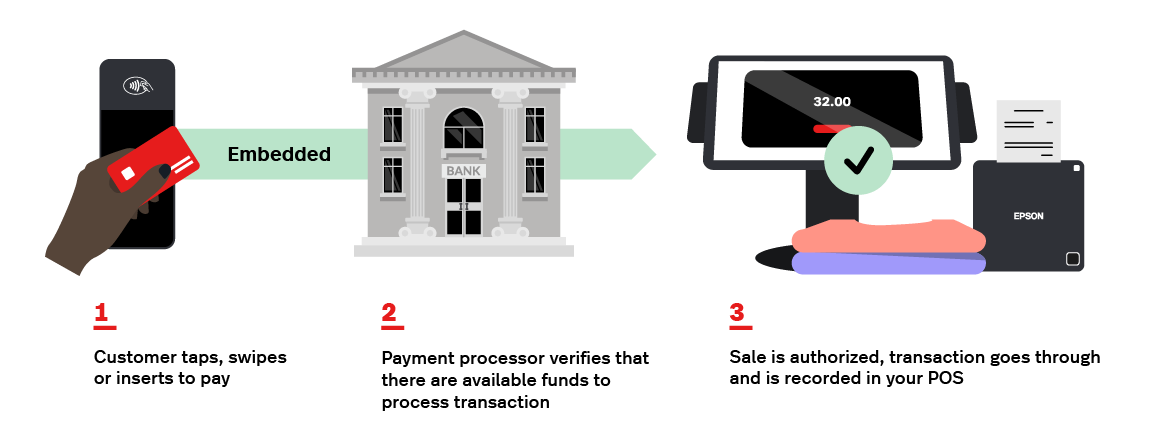
Consumers want shopping to be fast, easy, and convenient—and this sentiment extends to the checkout process as well.
In addition to giving customers a great experience as they’re browsing your store and selecting products, you also need to ensure that their payment experience is top-notch.
This is where embedded payments come in.
Embedded payments means that the merchant’s payment capabilities are built directly into retail systems, enabling a smoother and more efficient checkout process. Unlike integrated payments, which rely on third-party systems, embedded payments are natively built into a retail platform. That way, retailers can reduce friction, streamline operations and offer a more cohesive customer experience.
Expect embedded payments to continue gaining momentum in 2025, as retailers aim to optimize every step of the shopper journey.
The rise of AI-driven merchandising and assortment planing
Artificial intelligence has a wide range of applications in retail, from customer service to demand forecasting. In 2025, merchandising and assortment planning are two of the biggest areas AI is expected to transform.
That’s because AI can analyze vast amounts of data to identify trends, optimize inventory across multiple stores and tailor offerings to local demand.
Coresight Resarch’s AI for Merchandising report, Analyst Vijay Doijad writes:
“Retailers face various complexities when managing assortments across different stores, necessitating hyperlocalized strategies to meet the diverse needs of local consumer segments, as traditional methods often fail to account for variations across regions.”
He continues, “AI helps retailers unify data sources and adapt product assortments to localized demand patterns, significantly improving sales opportunities and reducing stockouts.”
With that in mind, we foresee a growing reliance on AI tools to improve merchandising and operational efficiency in 2025 and beyond.
Retailers will increasingly consider subscription models
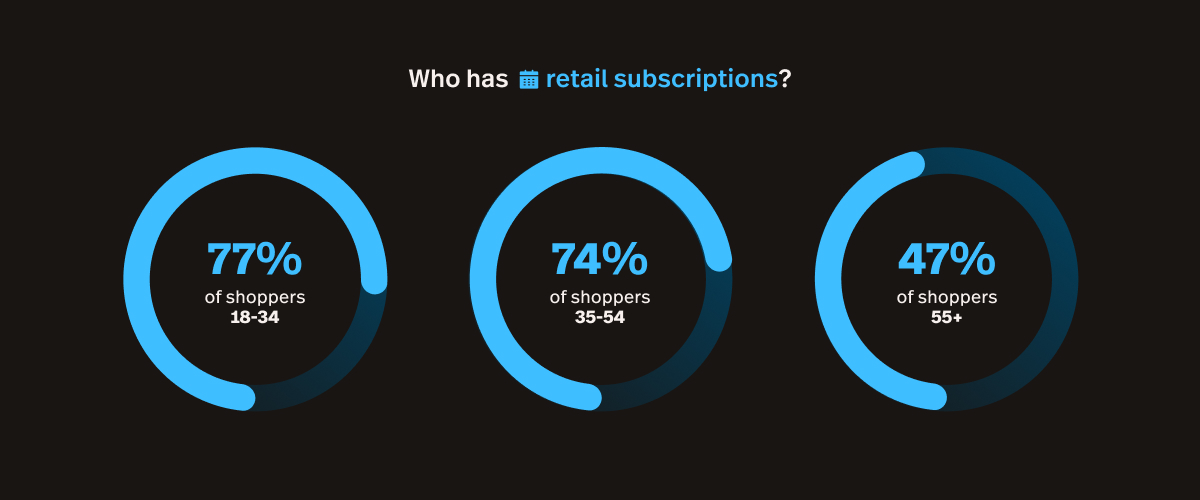
With their spending power expected to reach $12 trillion in 2030, Gen Z (aka Zillennials) is a generation that retailers should pay attention to. In the same vein, Millennials continue to capture a significant share of consumer spending, with 22.5% of spending power, while representing 22.9% of the population.
One thing that these two generations have in common is their preference for subscriptions. Lightspeed’s State of Retail report shows that Gen Z and young Millennials were the demographics most likely to be subscribed to a retail membership (like Amazon Prime) with 77% saying they were subscribed to one or more services.
What’s more, 19% said they exclusively shop from retailers they have subscriptions with.
This tells us that subscription-based models foster customer loyalty and can drive recurring revenue for retailers in 2025. That’s why if it makes sense for your business, consider weaving in subscriptions into your offerings.
Get ready for loyalty and customer marketing 2.0
Speaking of which, gone are the days when being part of a loyalty program simply meant having a punch card and earning points for purchases. Today, the best loyalty programs combine multiple elements—including rewards, gamification and exclusivity—to capture andkeep customer loyalty.
The fitness brand Alo, for example, has a loyalty program called Alo Access that’s packed with everything from gifts and rewards to members-only experiences.

Alo Access is a three-tiered program, and members at the highest tier can unlock even more perks, like priority customer support and access to a private Instagram account.
It’s also important to note that the best loyalty programs are data-driven. With second- and third-party data becoming increasingly restricted, it’s more important than ever to double down on first-party—i.e., information that customers provide to you directly.
Forward-thinking retailers recognize the importance of first-party data and are using their loyalty programs as a vehicle to collect it and to engage customers in the most relevant ways.
Your Sunmed, CBD Store, which uses Lightspeed’s retail platform, has seen the benefits of this first-hand.
“Using the Lightspeed API, we’ve been able to get full visibility into what is going on in every one of our Lightspeed locations, right at the transactional level. And so not only does it provide me that that insight, but it also allows us to pump that data into our email marketing platform so that we can begin communicating with our consumer right away,” shares Wilfredo Rodriguez, CFO at Sunmed, Your CBD Store
“The day after they visit our store, they’re receiving the first email communication from us. And it’s so critical for us to have that detailed transactional data in order to be able to engage with the customers at a very individualized level.”
Wildredo continues, “Without the Lightspeed platform enabling [data collection] for us, none of the customer engagement and education that we’ve been able to accomplish through email marketing over the past six months would have been possible. The email marketing and the engagement has improved customer retention and has helped us grow revenue and stores.”
Retailers will invest in practical (not sexy) retail tech
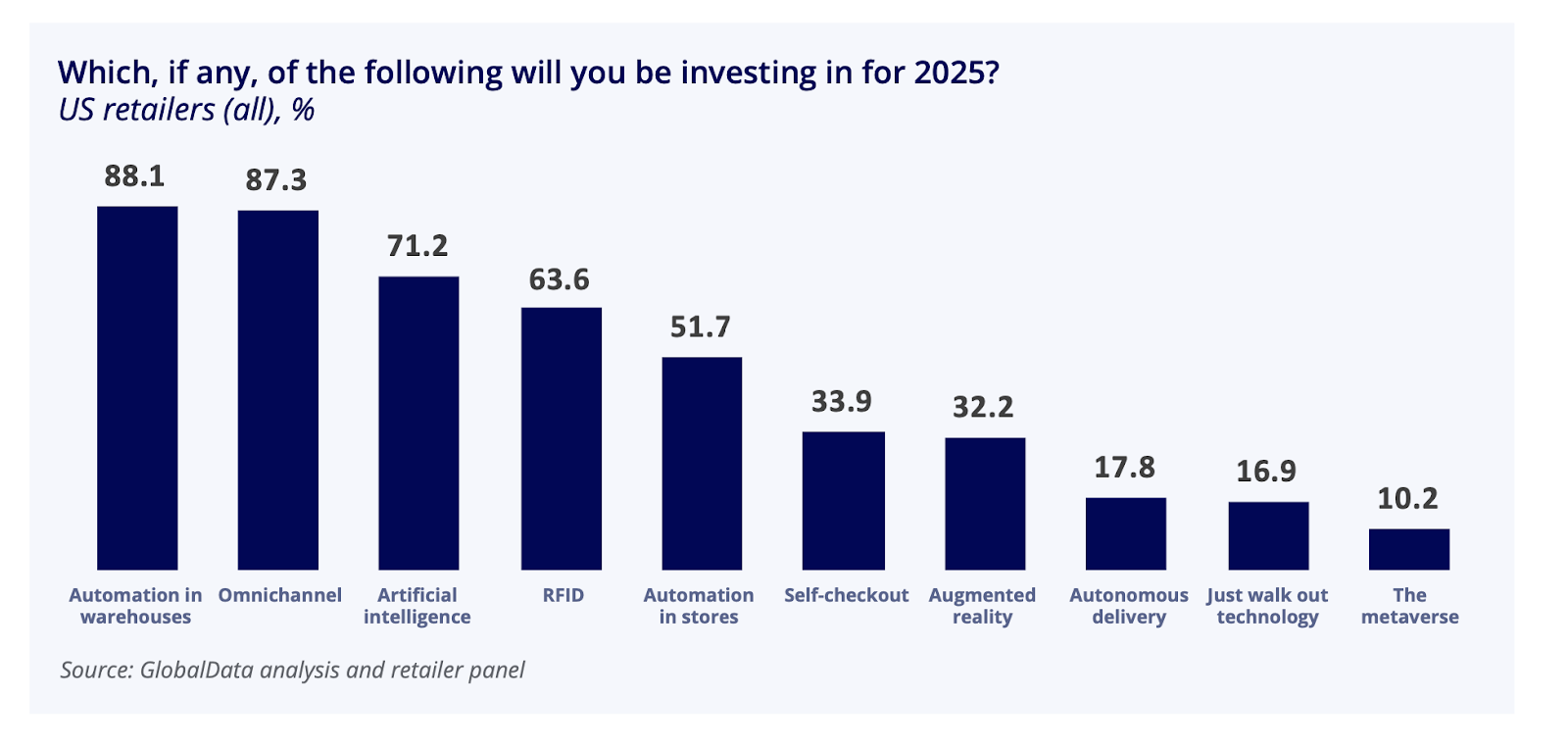
Things like the metaverse and “just walk out” technology may have generated a lot of buzz and sounded sexy on paper, but at the end of the day, retailers prioritize practical solutions that drive real ROI.
Research cited by Colliers shows that these two technologies ranked last in a survey asking retailers about planned investments, with just 16.9% and 10.2% of respondents saying they would invest in “just walk out” tech and the metaverse, respectively.
Instead, retailers said that when it comes to technology, they plan to invest in foundational and practical solutions such:
- Warehouse management (88.1%)
- Omnichannel (87.3%)
- Artificial intelligence (71.2%)
- RFID (63.6%)
- In-store automations (51.7%)
The data is clear. As far as retail tech goes, merchants are looking for tools that improve operations, streamline logistics and enhance customer experiences.
So, before you go searching for the next shiny object or get tempted to jump into new and hyped up tech, make sure you have your foundational platforms in place.
The pre-loved market is still flourishing
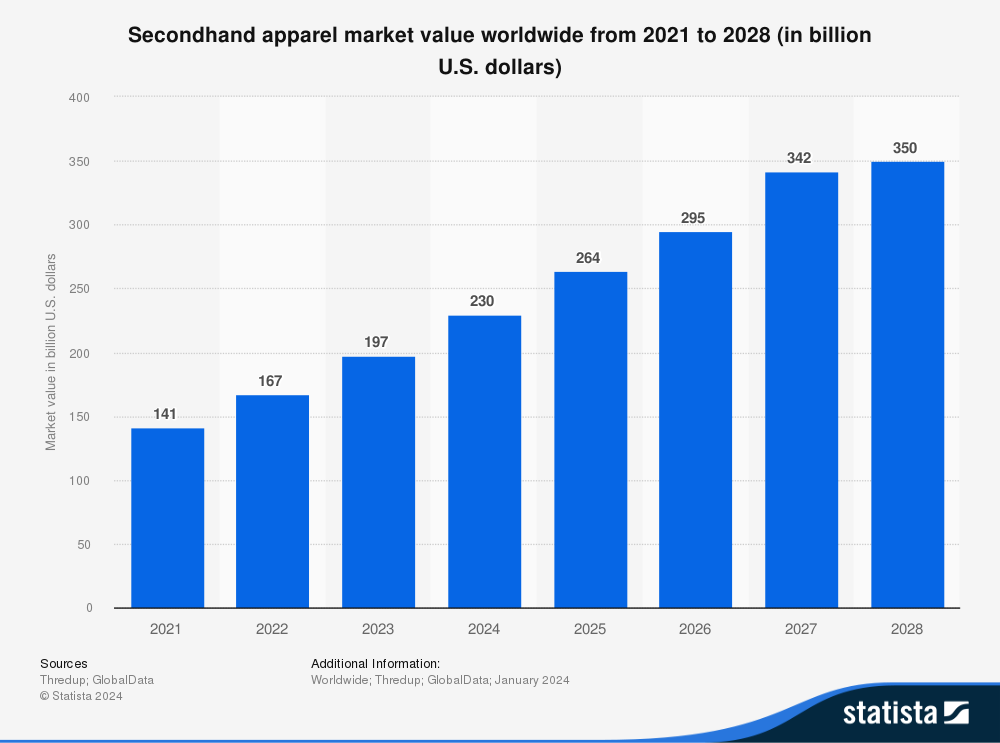
Consumers love pre-loved products. Industry data shows that in 2023, the used clothing market in the United States hit $43 billion, up from $23 billion in 2018.
This trend is driven by inflation, which increases the appeal of cost-effective secondhand options. Consumers are also becoming more conscious about sustainability. Purchasing pre-loved items means extending product lifecycles and reducing environmental impact.
Either way, the used market will continue to grow in 2025 and beyond. Data from Statista indicates that the global secondhand market will grow from $230 billion in 2024 to $264 billion in 2025, representing a 14.8% growth rate.
Free shipping and deals will continue to drive purchase decisions
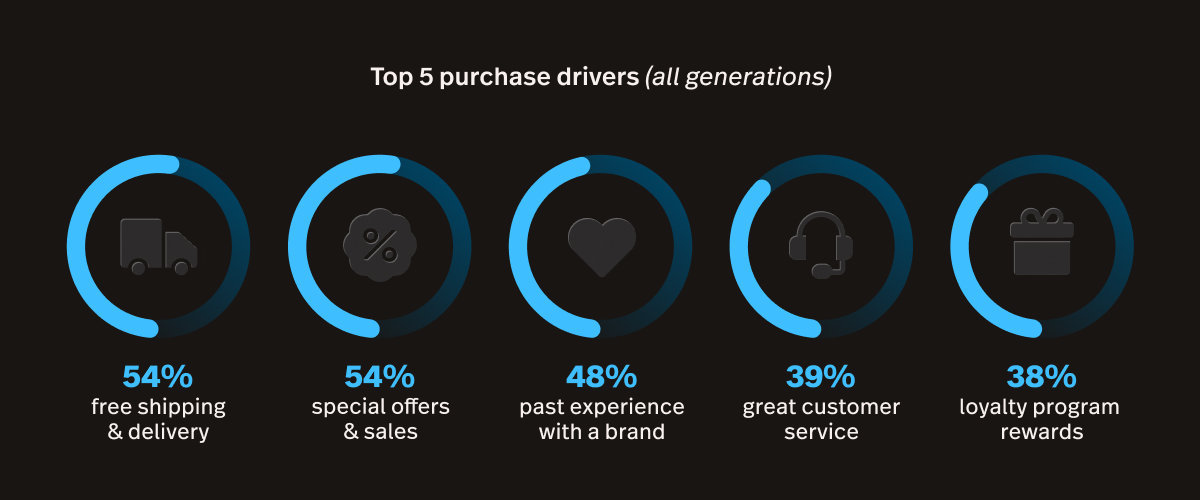
Here’s another key finding from our State of Retail report: across all generations, the top two drivers for consuers’ buying decisions are free shipping and delivery and special offers and sales.
While this shouldn’t come as a surprise, it does highlight the importance of affordability and convenience in influencing consumer behavior.
To stay competitive, you must prioritize offering compelling promotions and seamless delivery options that meet customer expectations.
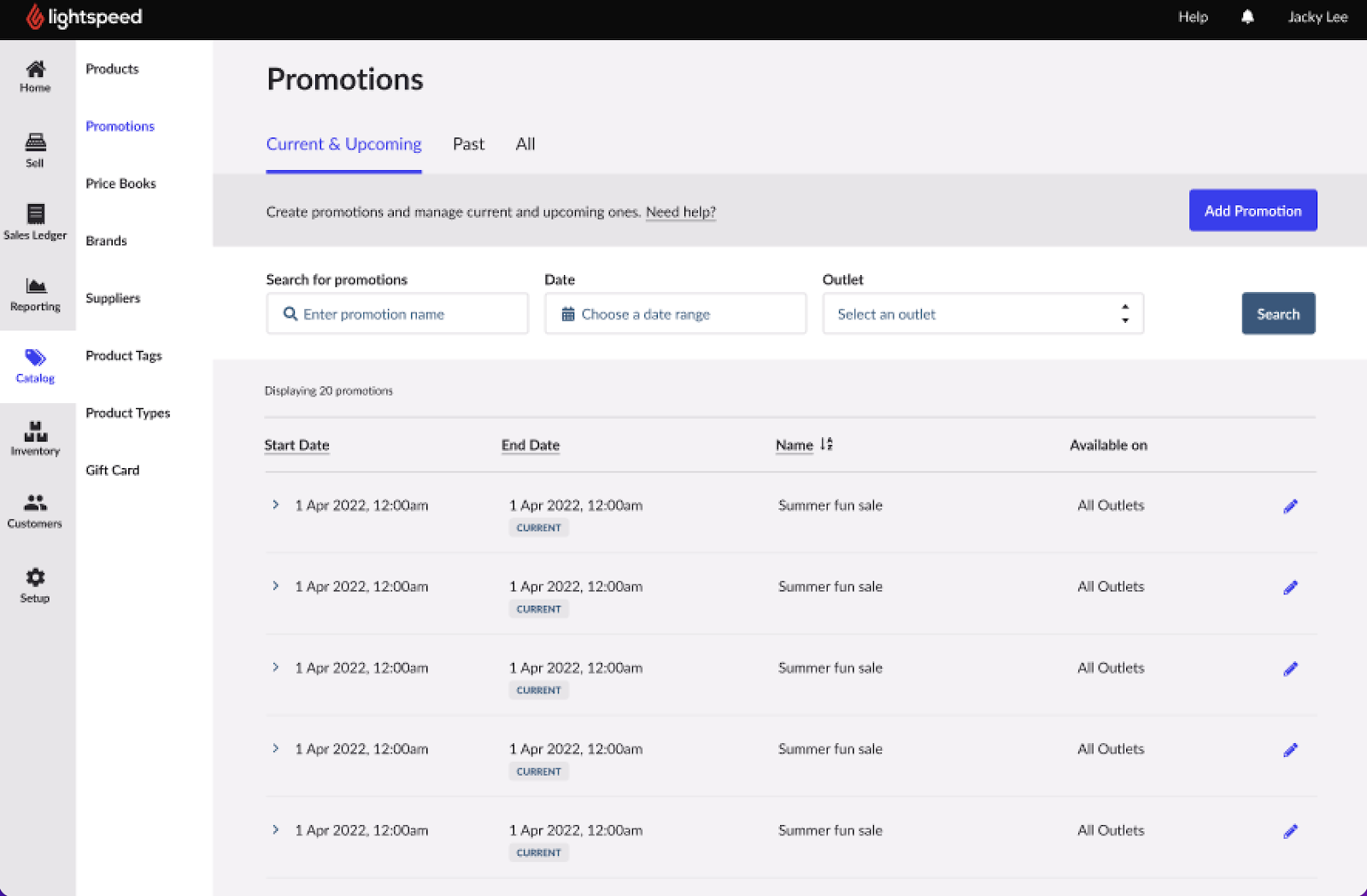
Lightspeed makes it easy for retailers to do just that. On the promo side, you can easily set up promotions such as percentage discounts or dollar amounts off. Running discounts is a breeze, thanks to the ability to schedule promos, select date ranges, and implement one-time or recurring offers.
Then when it’s time to put your promotions out there, Lightspeed’s Advanced Marketing enables you to send email and SMSs flows to segmented customers groups to ensure that you’re reaching the right people at the most optimal time.
Meanwhile, retailers who want to streamline shipping and delivery, can do so with Lightspeed eCom, which gives you the ability to implement fast and cost-effective shipping and delivery services. Specify delivery zones and set minimium order threshholds to ensure profitability. Lightspeed eCom automatically generates labels and calculates shipping costs to help you save time when fulfiling orders.
Consumers are open to tipping retail workers
Many shoppers might be strapped for cash, but one surprising insight from Lightspeed’s research is that most Americans—69% according to survey results—are willing to tip retail staff who provide a memorable shopping experience.
That figure goes up even higher among Gen Z. Eighty-nine percent of these shoppers are willing to tip retail workers.
It goes to show that shoppers increasingly value personalized and exceptional service, and they are willing to reward it financially, particularly among younger generations.
Retailers take more action to promote sustainability
Sustainability isn’t a buzzword or a trend; it’s a necessity for long-term business success and societal impact.
And the data shows consumer and regulatory expectations are driving significant changes in the retail landscape. According to Deloitte, organizations face pressures to improve sustainability efforts from shoppers, regulators and even board members, which is why many are taking measurable actions to meet these demands.
Deloitte also found that the top actions companies have taken as part of their sustainability efforts include:
- Using more sustainable materials
- Being more energy-efficient
- Developing climate-friendly products
- Training employees on climate change
If you haven’t done so yet, consider implementing one or more of these initiatives in your retail business. You can, for example, evaluate your supply chain to ensure it includes sustainable and ethical sourcing practices. Another option is to invest in energy-efficient equipment or store operations to reduce your carbon footprint.
Whatever the case, it’s important to recognize that we all need to do our parts in implmeneting more sustainable practices that protect the environment.
Bringing it all together
As we look ahead to 2025, the retail landscape is brimming with opportunities for growth and innovation.
When you understand and harness key trends—like embracing sustainability, leveraging AI and enhancing customer experiences—you can position your business for success.
So, stay agile, focus on what truly matters to your customers, and invest in tools that empower your operations.
The future of retail is here—let’s make it remarkable.
Need help leveling your business for 2025 and beyond? Talk to an expert to learn how Lightspeed can help grow your business.

News you care about. Tips you can use.
Everything your business needs to grow, delivered straight to your inbox.


